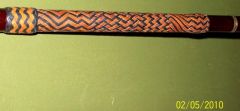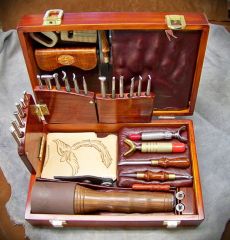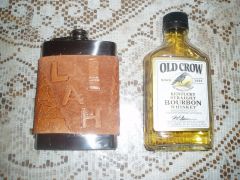Sorry if I trampled over your explanation megabit. I just thought that the mathematical part of the knot would give a greater scope on the base knot structure. No matter how far I dig into this particular problem, or anomaly of this knot, I find even more bight structures that wont work out unless you use the same color you tied the base knot with. Weird, I know. But it is interesting how the math works out for these particular interweaves.
Synonymously these interweaves are some of the toughest to figure out for most braiders. I know that I faced much frustration when learning the rules with these particular types of knots. But with breaking the rules in mind, you can always bend the rules in ways that will work. For instance, By taking the same base 7px6b casa and tying a type 2 PK 2pass the outter bight boundaries will change. This will produce a non-symmetrical knot, But you will achieve the final result of the knot you're looking for. It will just look a bit different than you want it to look. But as you tie the 2pass type 2 PK the knot will shift to the right, or left of the base casa knot, or top and bottom depending on how you are holding the knot.
The bight structure is being re-built by an interweave pattern and the base becomes the foundation for the new bight structure. The type 1 PK to the type 3 PK cycles will eventually run out of room because the knot itself is being built to the inside and will eventually not have enough base knot to expand the passes. It does run out of room, or there is a limit to how many passes can be done. It has taken me quite some time to grasp all of this myself. But by pressing through the mid-night oils and many books(some in Spanish) and lots of math, the picture became clear to me. I bet I have spent at least a year off and on studying this topic. It would seem to be endless. But I do enjoy it.
Best regards,
Brian








